Whatnot
-

Fernando Pessoa, Creator of Indifferences
“You are no doubt asking me, within yourselves, what meaning these sentences have. Don’t make that mistake. Say goodbye to the childish error of asking words and things what they mean. Nothing means anything.”
-
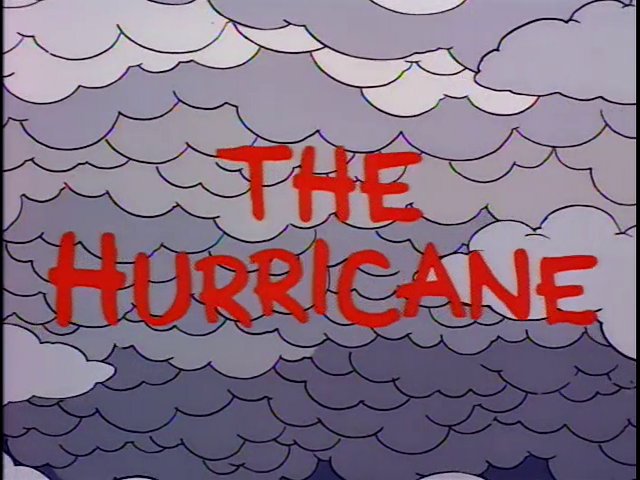
Simpsons Did It: Hurricane Edition
Appropros of nothing, here are some perfectly cromulent highlights from “Hurricane Neddy,” episode 8 of season 8 of The Simpsons.
-
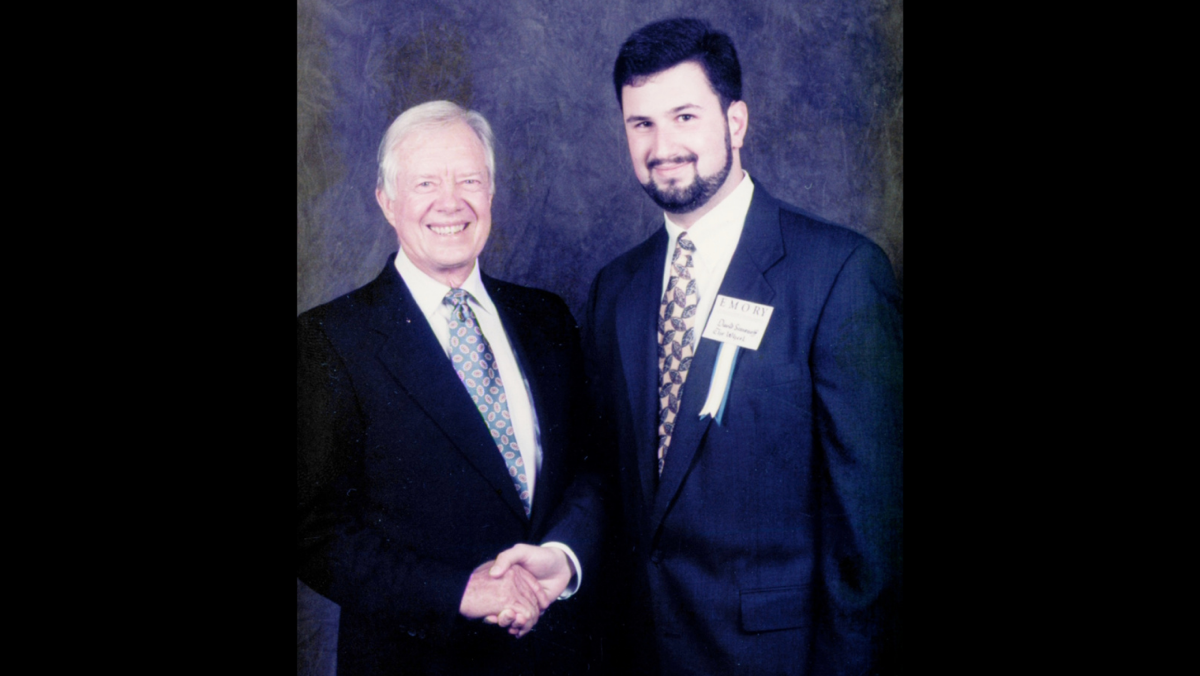
My Dinner With Jimmy
What did this schmuck and the 39th President of the United States discuss over dinner? Hint: not politics.
-
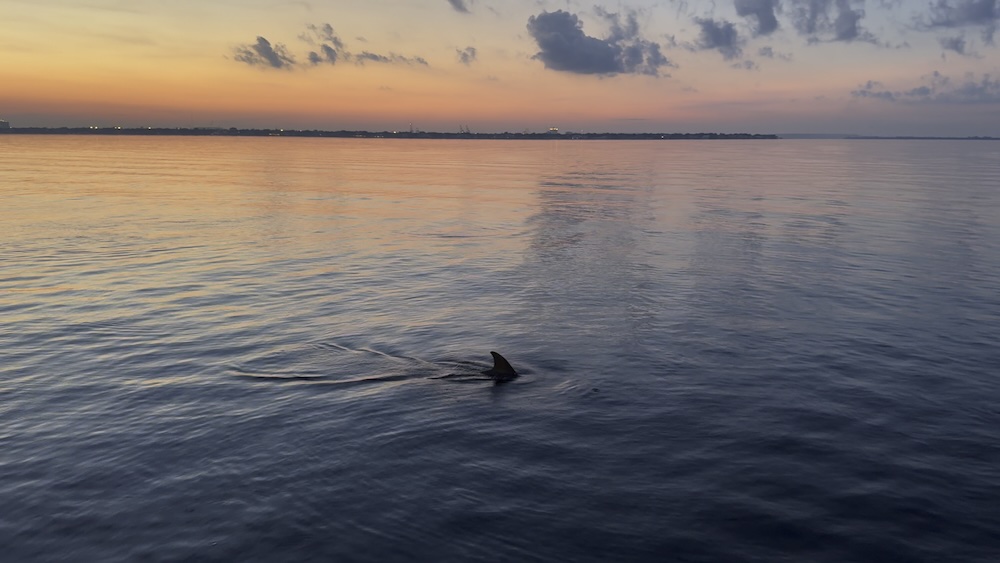
-
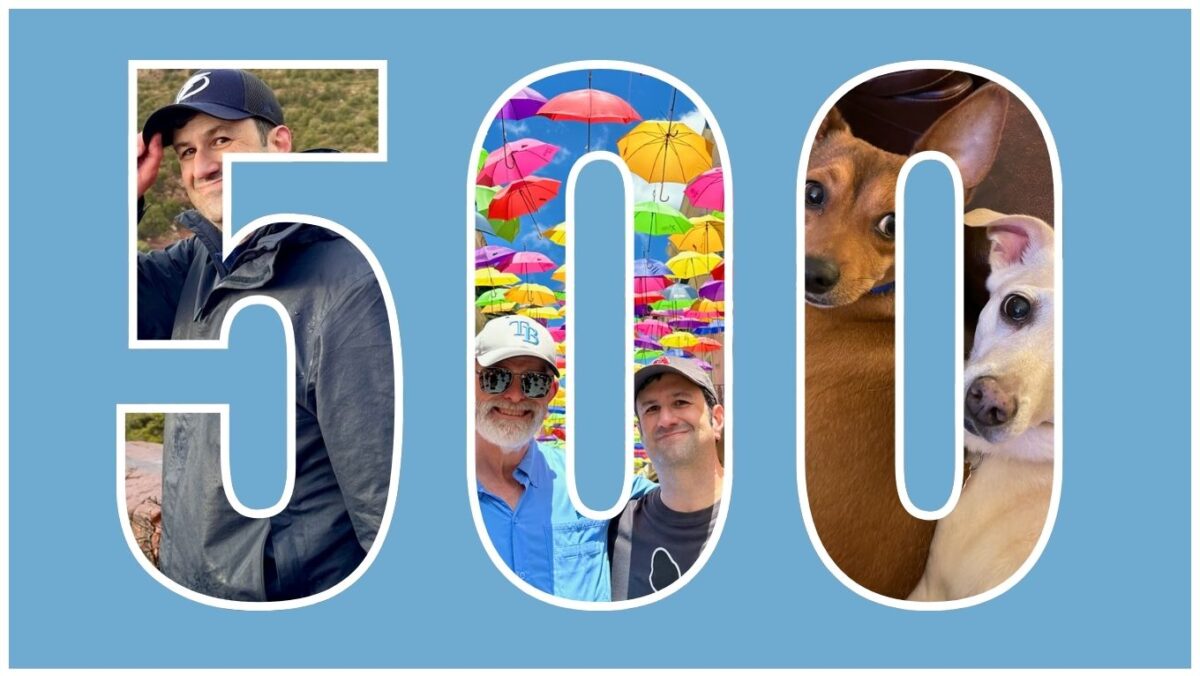
-
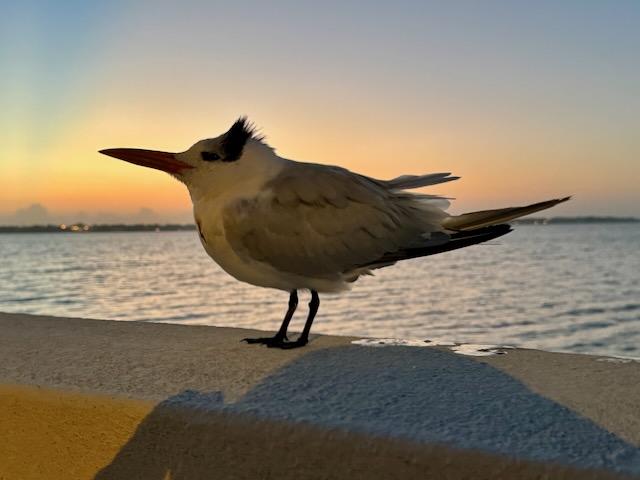
Nature Walk
It has been a while since I posted some critter photos from Bayshore Boulevard. Here some recent animal encounters, starting with a dolphin sighting. It was early in the morning when I saw this squirrel, so he was more bright-eyed and bushy-tailed than I was. Most birds fly away when…
-

Don’t Cry Over Spilled … What?
Good glavin! After finding a Simpsons neologism in the New York Times crossword puzzle a few days ago, I discovered another Simpsons invention in the dairy aisle in Publix. Malk isn’t new. Nearly 30 years ago, Springfield Elementary School substituted malk for milk to cut costs. There were some ill…
-

The Answer Wasn’t “Kwyjibo”
As a diehard fan of the Simpsons — well, of the Golden Age of the Simpsons — I was ecstatic to see the clue for 1 Across in Saturday’s New York Times Crossword puzzle: The answer, of course, was …
-

Ruthless
The Complimentary Spouse looked up from his phone and said, “Did you see the email? Ruth Glickman died.” My heart sank. The world had just become colder. It had lost one of its warmest people. From one perspective, Britt and I had known Ruth for nearly 20 years. She…
-
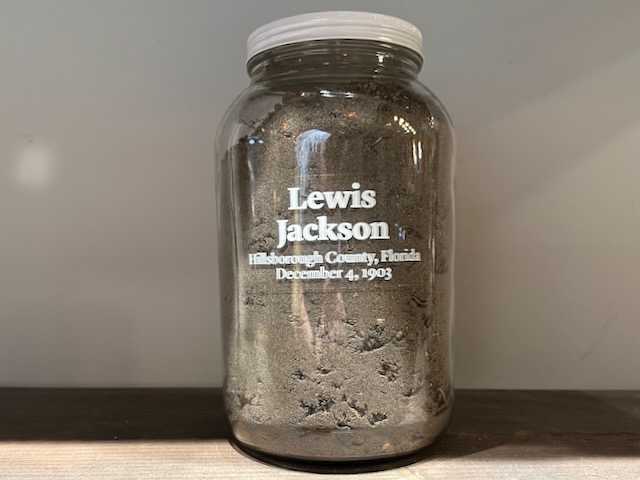
Our Dirty History on Display
At a fundraiser at the Portico Cafe1 Friday night, the Complimentary Spouse noticed something out of the corner of his eye and pointed at it. “There are somebody’s ashes on that shelf.” I looked and didn’t see an urn. “Where?” I asked. “Right there.” I looked again and saw what…